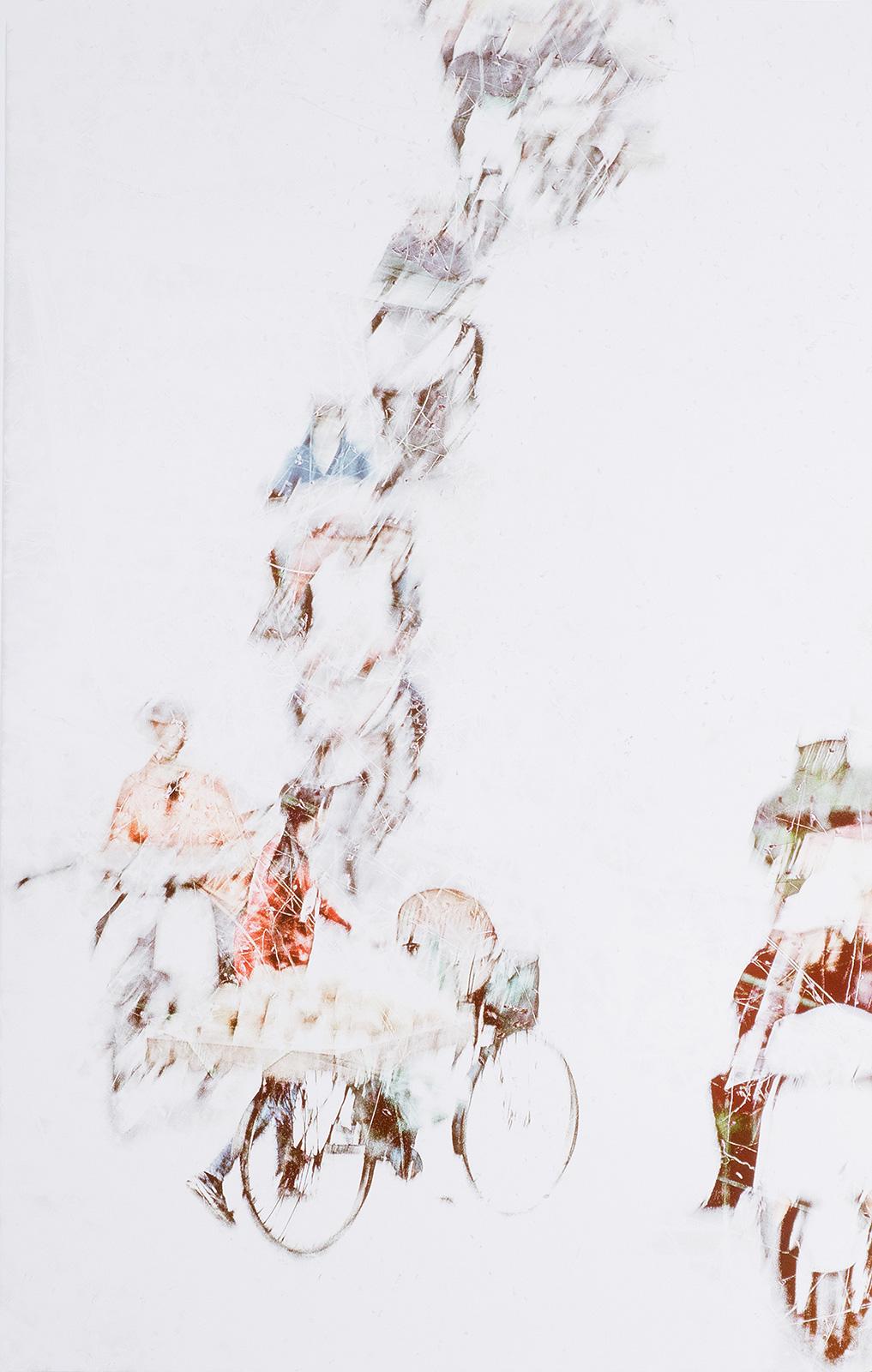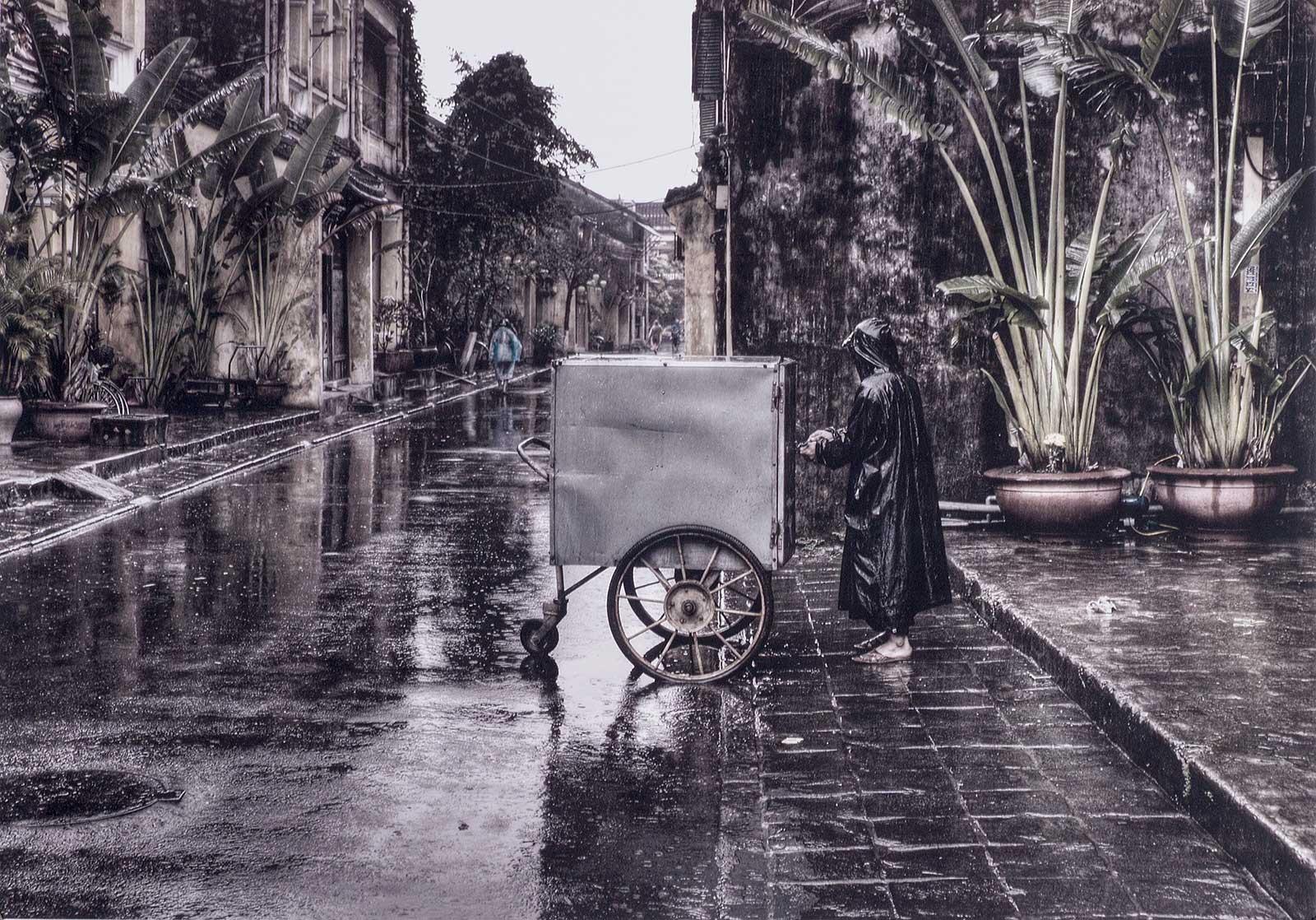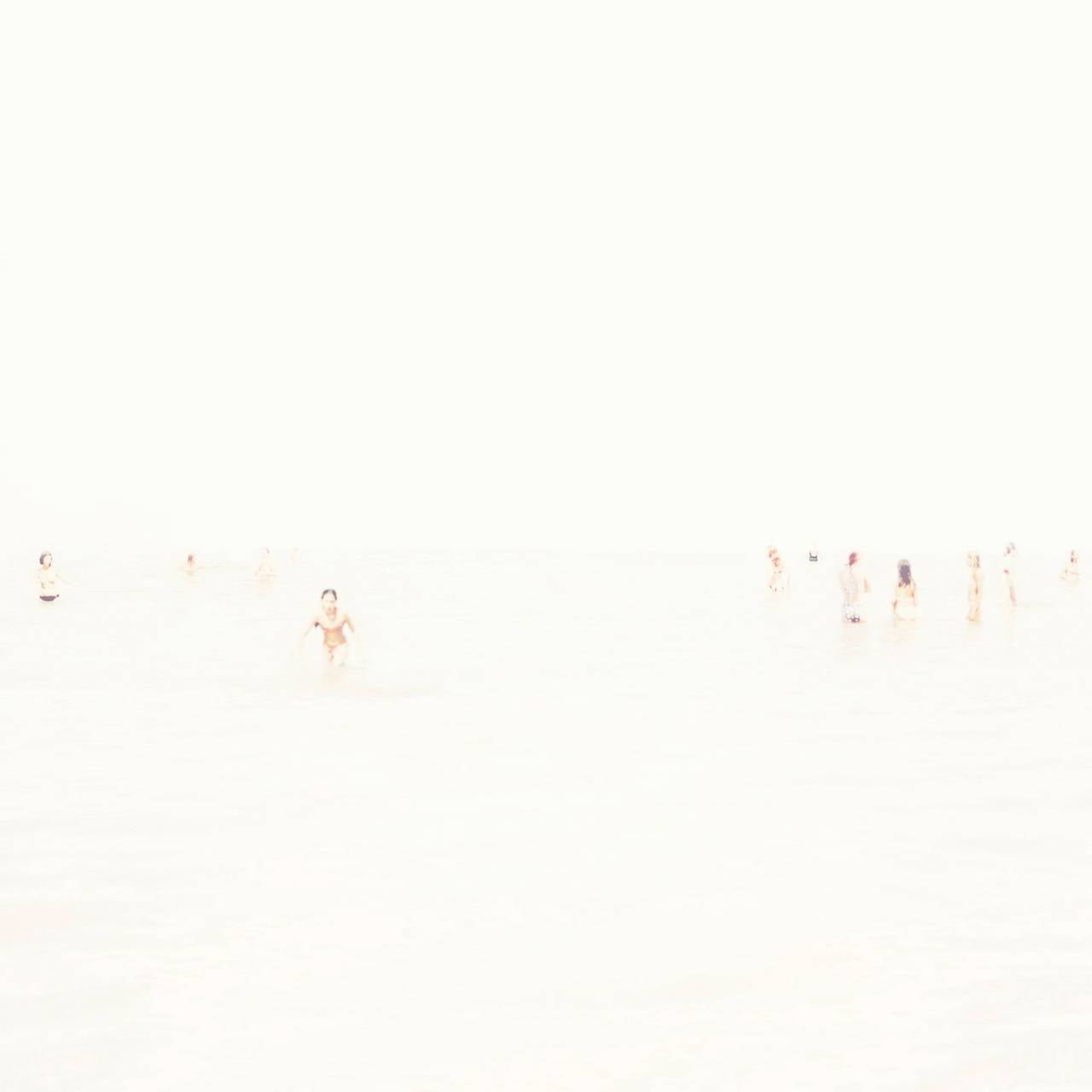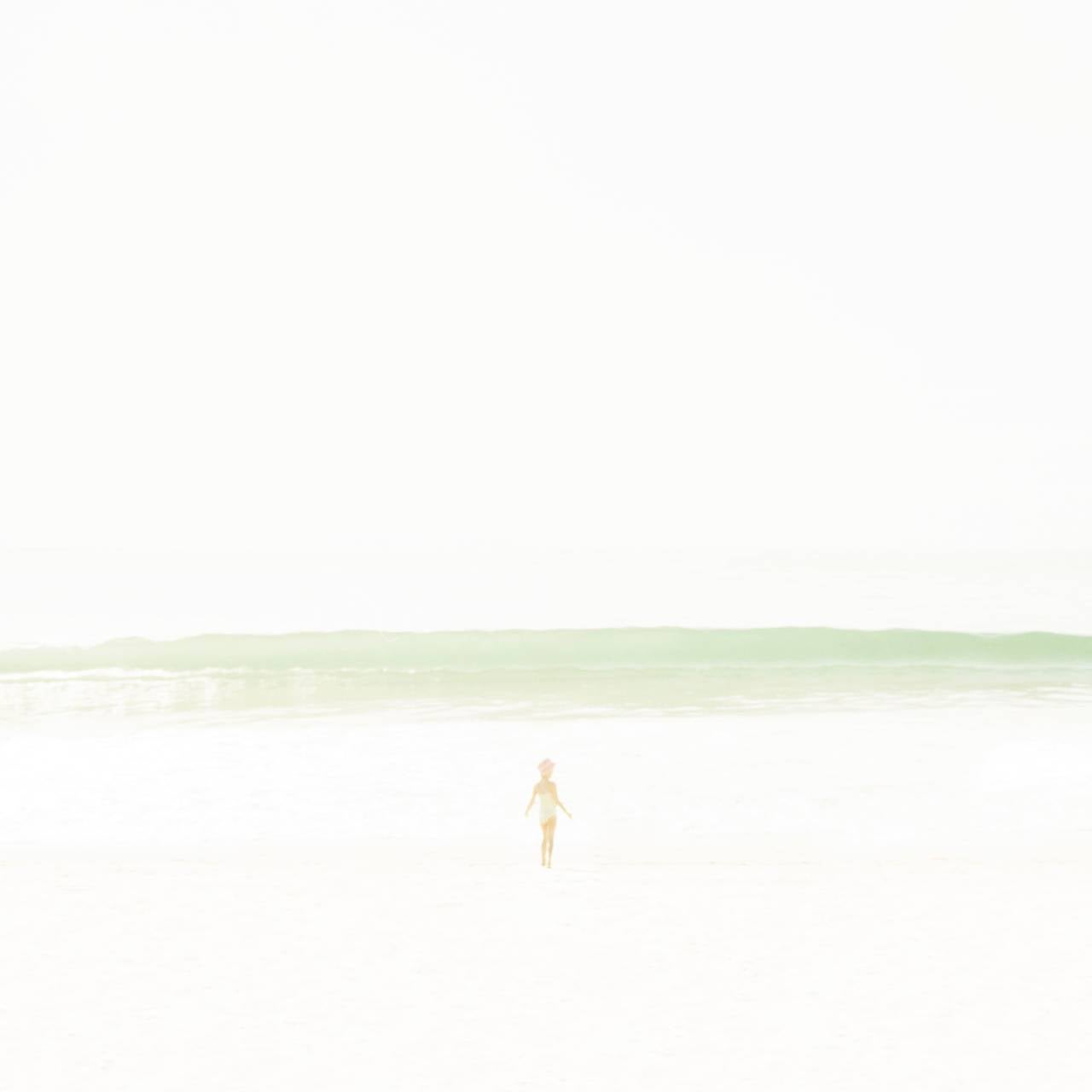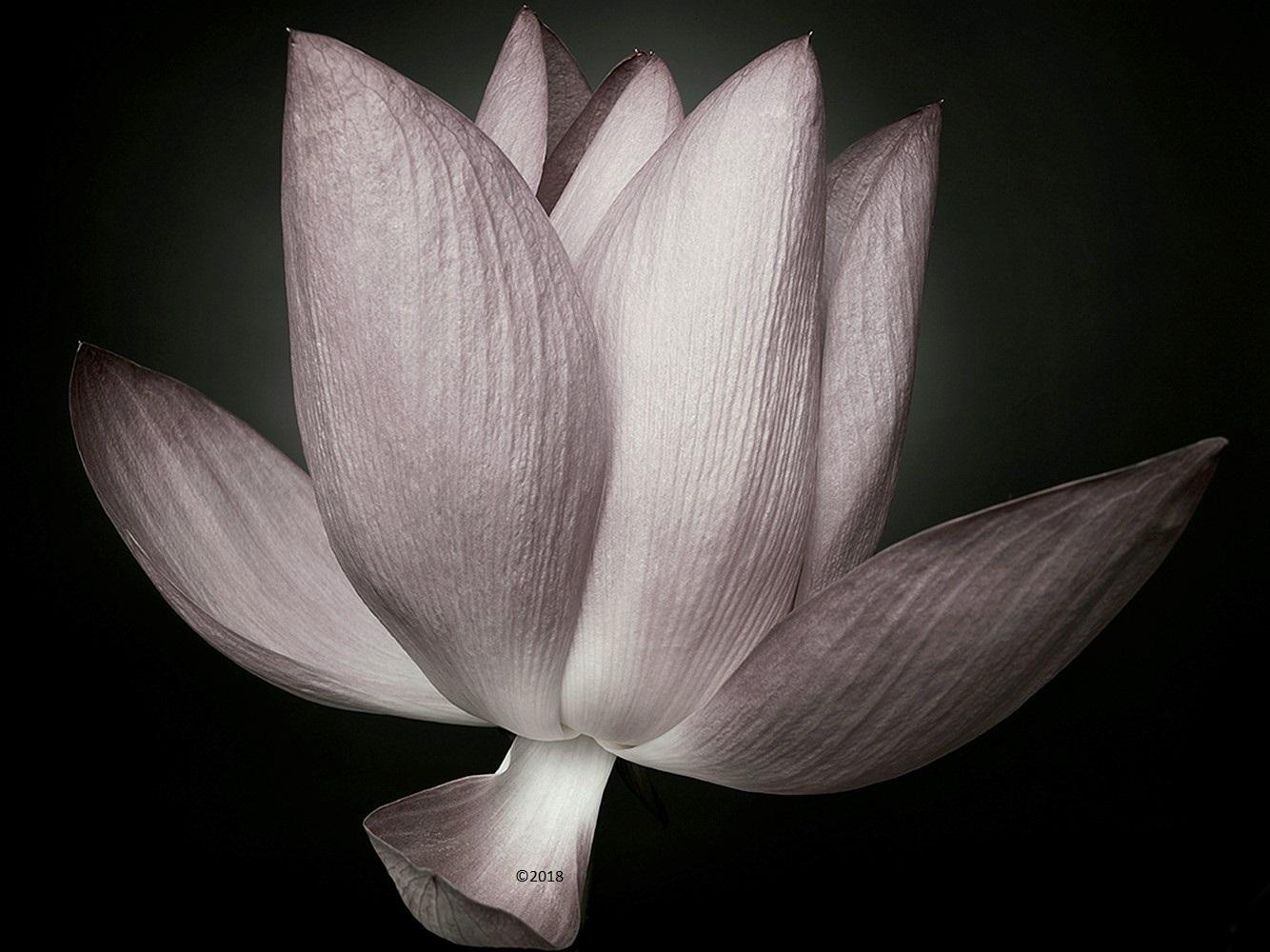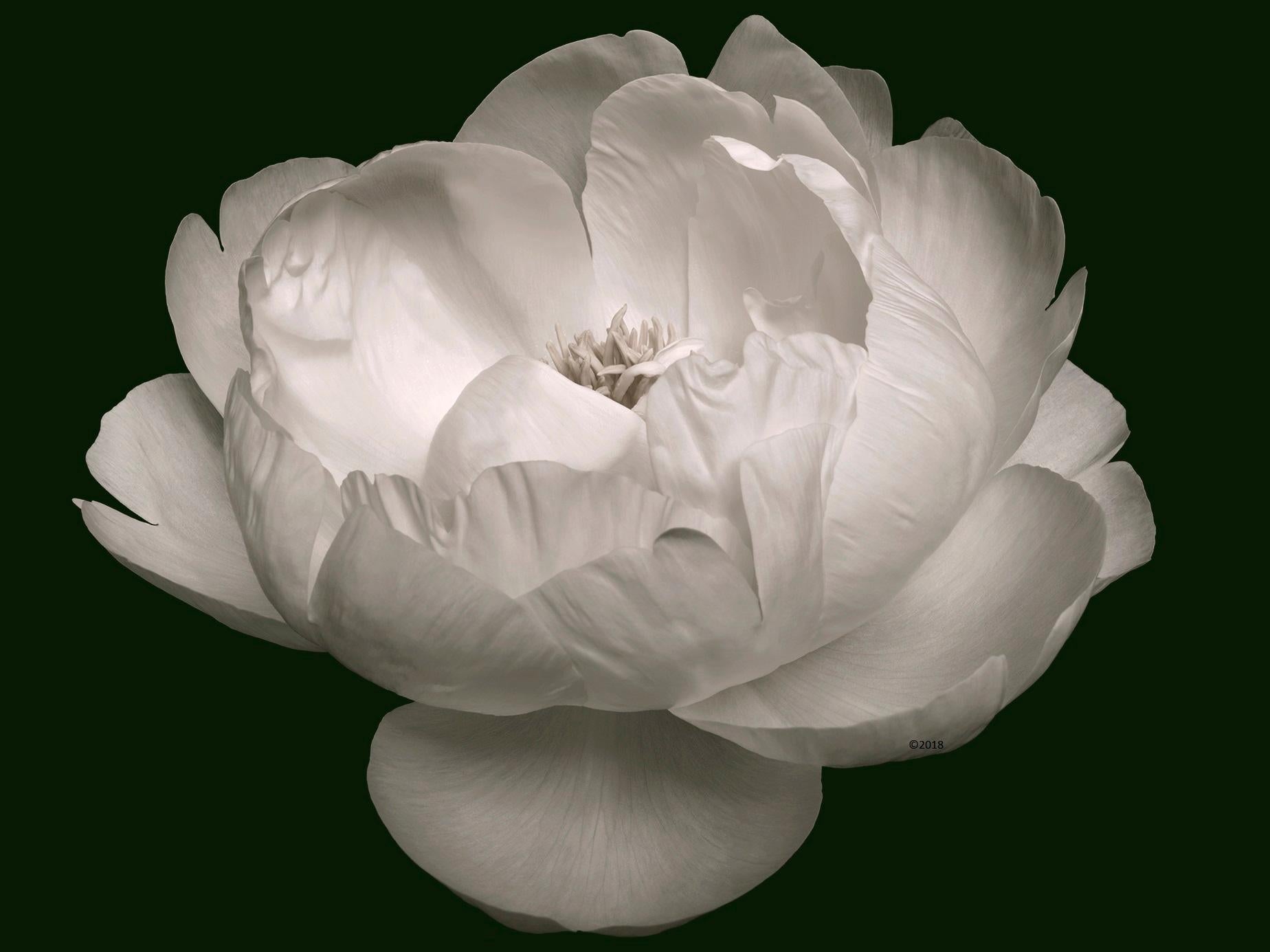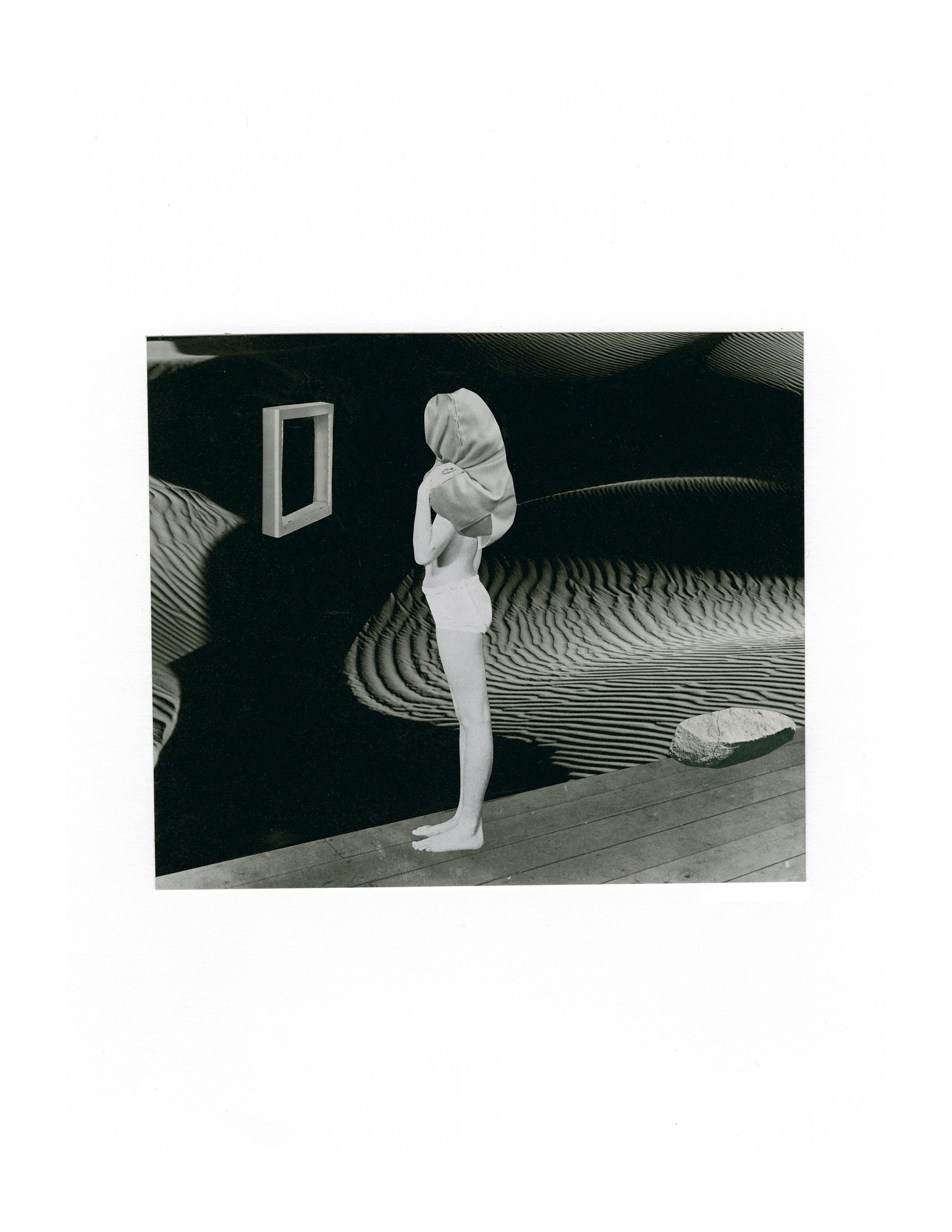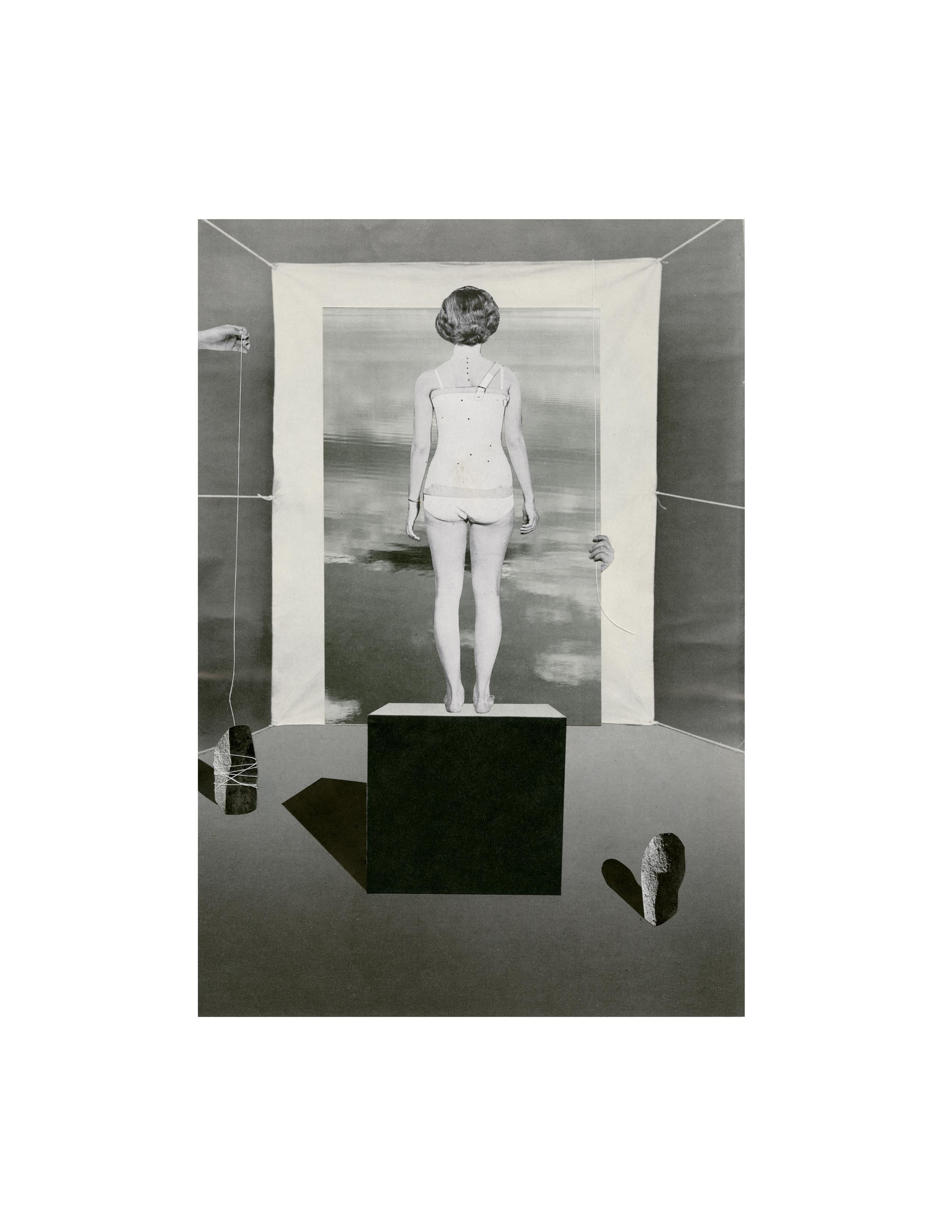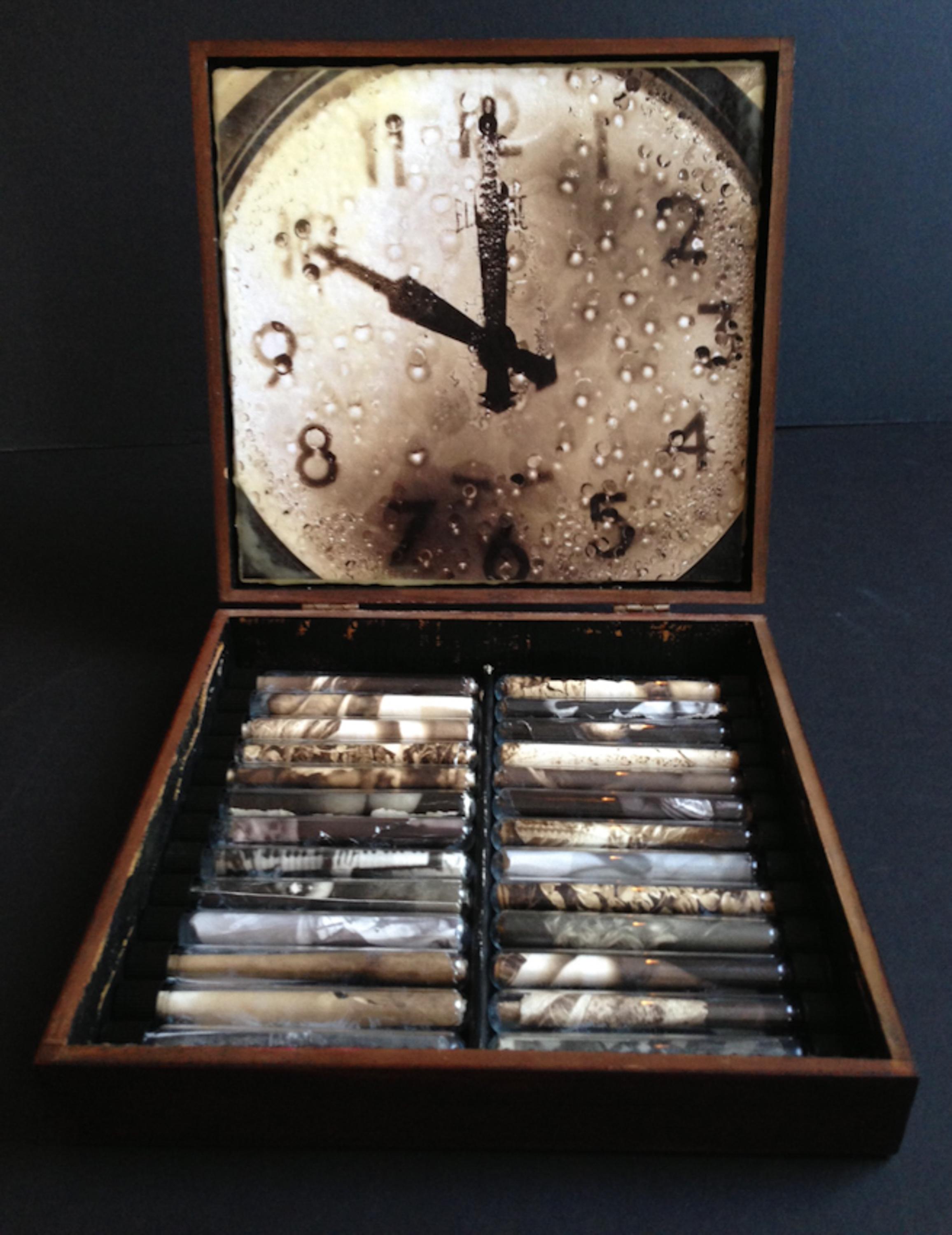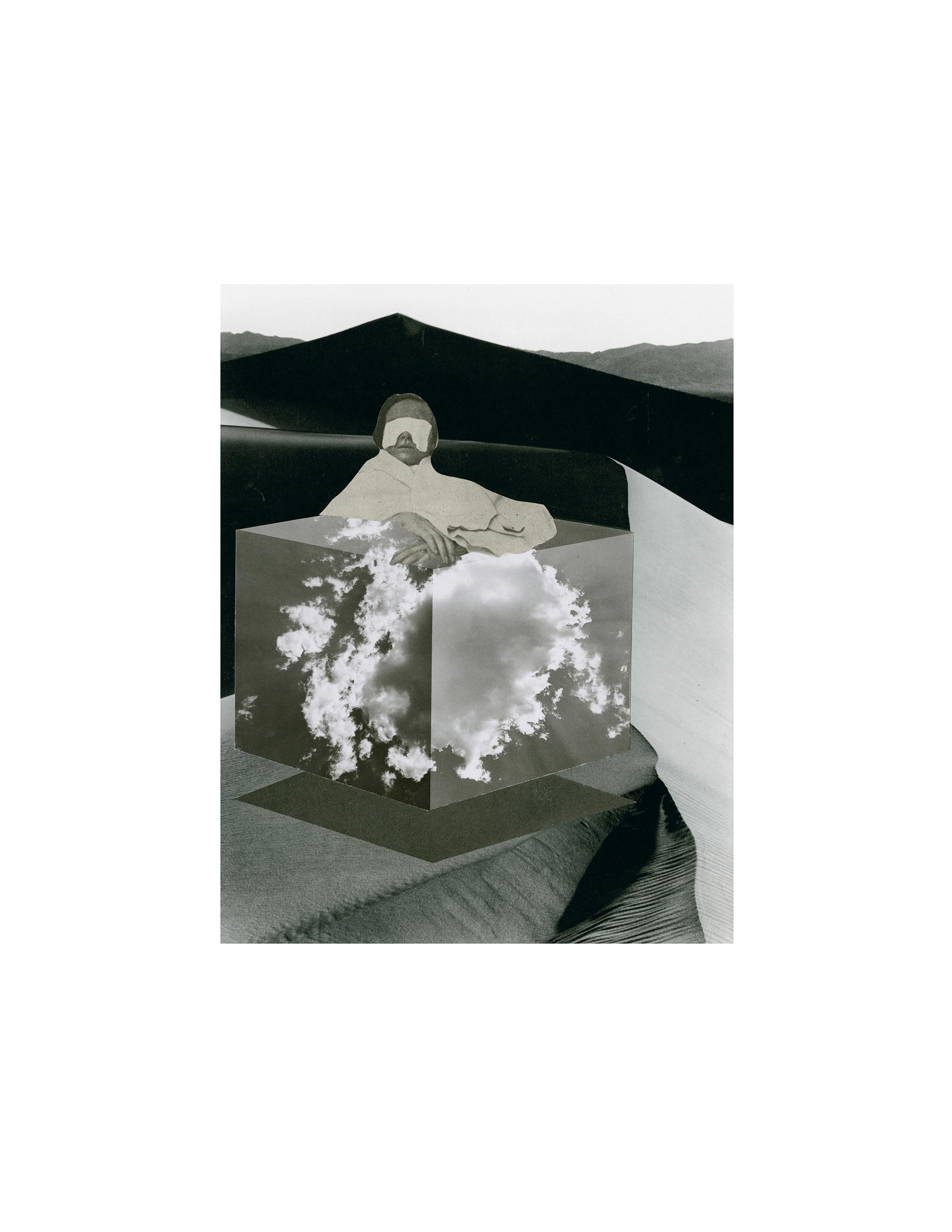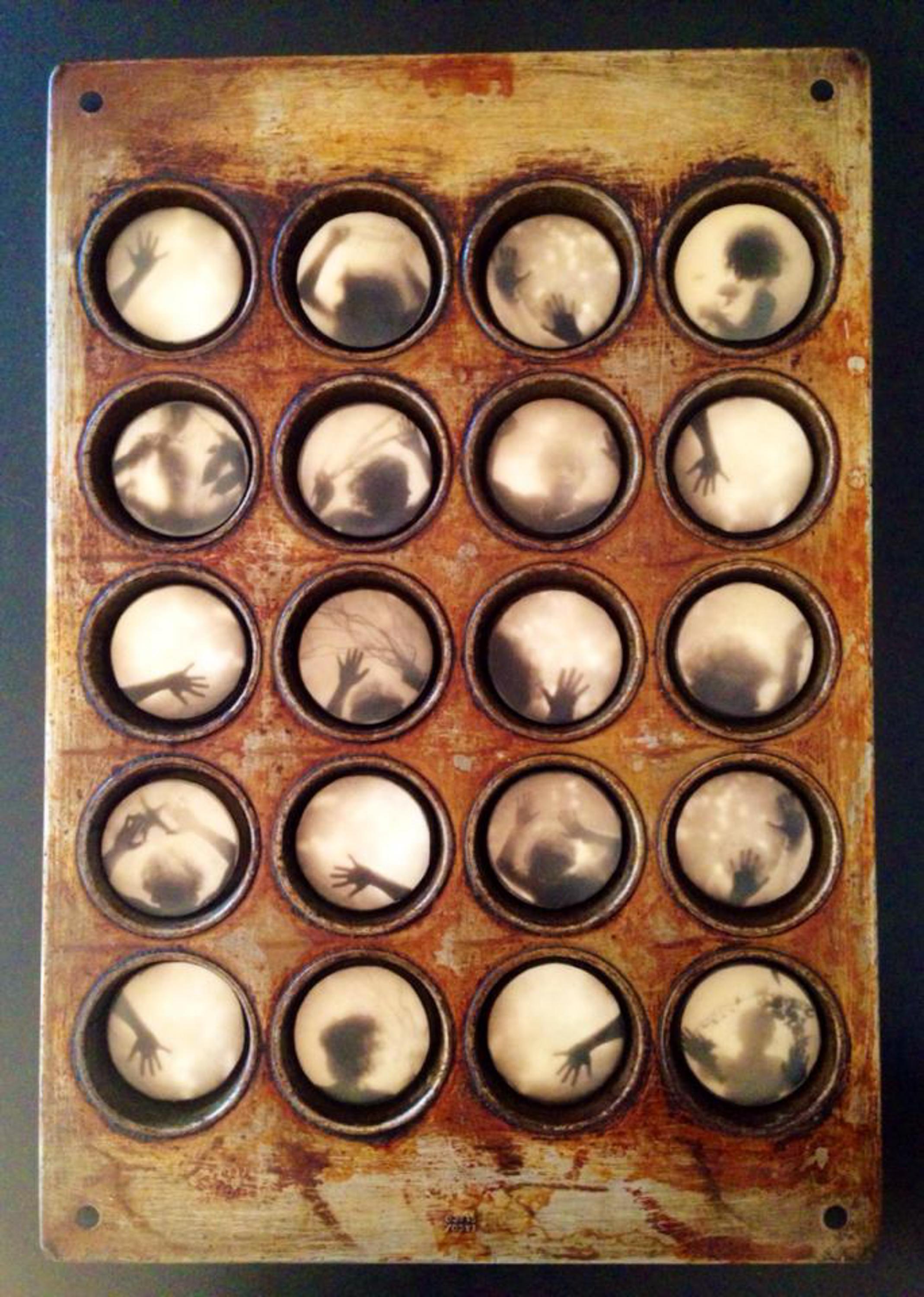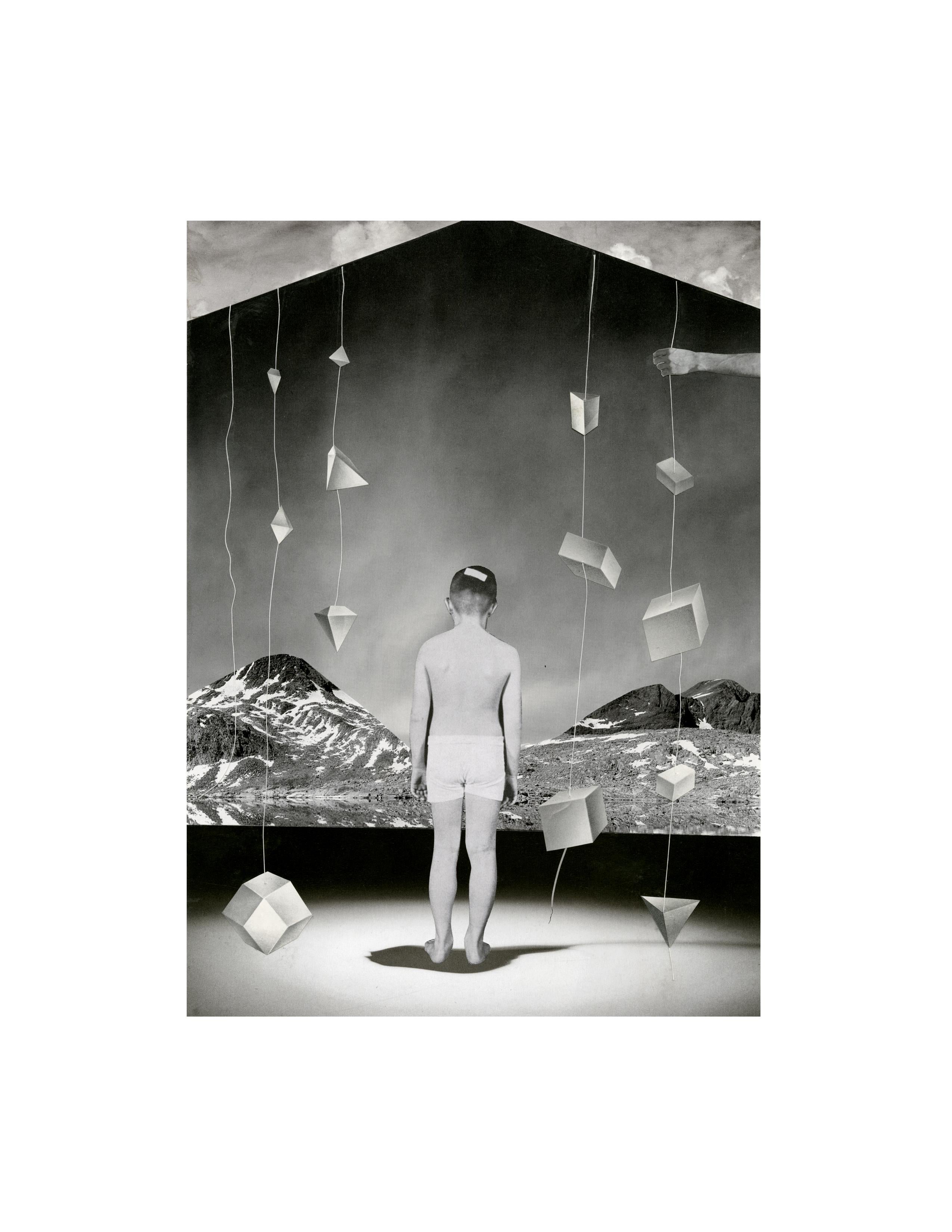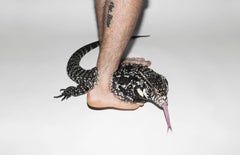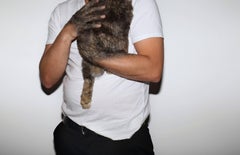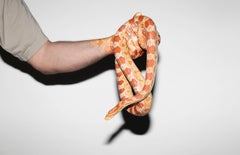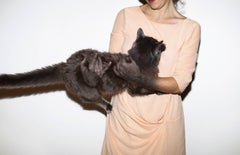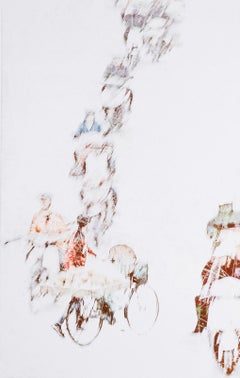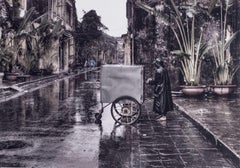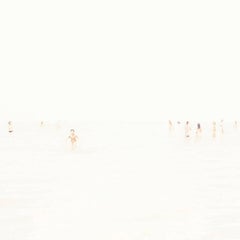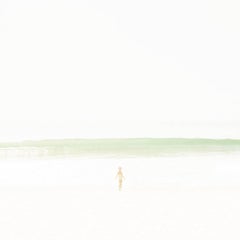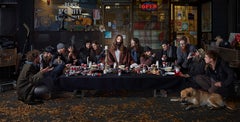
Last Supper, East Vancouver
View Similar Items
Want more images or videos?
Request additional images or videos from the seller
1 of 5
Dina GoldsteinLast Supper, East Vancouver2014
2014
About the Item
- Creator:Dina Goldstein (1969, Israeli)
- Creation Year:2014
- Dimensions:Height: 25 in (63.5 cm)Width: 45 in (114.3 cm)
- More Editions & Sizes:Edition of 10Price: $10,500
- Medium:
- Movement & Style:
- Period:
- Condition:
- Gallery Location:Montreal, CA
- Reference Number:1stDibs: LU4765728492
About the Seller
5.0
Vetted Professional Seller
Every seller passes strict standards for authenticity and reliability
Established in 1996
1stDibs seller since 2014
104 sales on 1stDibs
Authenticity Guarantee
In the unlikely event there’s an issue with an item’s authenticity, contact us within 1 year for a full refund. DetailsMoney-Back Guarantee
If your item is not as described, is damaged in transit, or does not arrive, contact us within 7 days for a full refund. Details24-Hour Cancellation
You have a 24-hour grace period in which to reconsider your purchase, with no questions asked.Vetted Professional Sellers
Our world-class sellers must adhere to strict standards for service and quality, maintaining the integrity of our listings.Price-Match Guarantee
If you find that a seller listed the same item for a lower price elsewhere, we’ll match it.Trusted Global Delivery
Our best-in-class carrier network provides specialized shipping options worldwide, including custom delivery.More From This Seller
View AllEntre nous IV
By Karine Payette
Located in Montreal, Quebec
Text by Nancy Webb
It’s Saturday night and Karine Payette is in her studio. We meander into a conversation about the dog she used to have and her soft spot for German shepherds, an intensely obedient and loyal breed in a deceivingly wolf-like package. Payette’s most recent series of photographs, sculptures and video work seem to speak directly to this preoccupation with the multifaceted nature of human-animal relationships—the dialogues of control, intimacy, violence and domestication that subtly take place on an interspecies level.
Her workspace is part laboratory, part prop closet—a bowl of fur sits not far from her computer. Somehow in this bright, open, chemical-clean scented room, Payette conjures wildness. We are taken to a strange place, the borderlands of interspecies mingling. At one extreme of the animal-human dynamics scale is the stalwart compliance of a professionally trained German shepherd who responds to commands with robotic precision. Here, power is comfortably held by an off-screen voice, animality pacified by a set of linguistic prompts. At the other end of the scale is a sculpture of a human figure clad in red, sharing a languorous kiss with a wolf. The story of Little Red Riding Hood is immediately called to mind, except that here our hooded protagonist seems to have bailed on grandmother’s orders, instead opting for a forest floor make-out with her canine stalker. This taboo mise-en-scène is a brazen inquiry into the boundaries we maintain with our animal counterparts. Its scale and three-dimensionality contribute to a feeling of immersion that the artist has been courting with her work for the past several years. It feels as though you’ve just walked in on something: you are implicated and your discomfort is like an invisible mist that coats these inanimate beings.
Elsewhere in Payette’s suite of anthropomorphic works, the demarcation between species grows even fainter. A photographic series depicts the slow encroachment of fur, scales and feathers on human skin—a striking process of contamination facilitated by touch. The fusion of flesh, charcoal cat fur and a pale silky dress...
Category
21st Century and Contemporary Contemporary Figurative Photography
Materials
Photographic Paper
Entre nous II
By Karine Payette
Located in Montreal, Quebec
Text by Nancy Webb
It’s Saturday night and Karine Payette is in her studio. We meander into a conversation about the dog she used to have and her soft spot for German shepherds, an intensely obedient and loyal breed in a deceivingly wolf-like package. Payette’s most recent series of photographs, sculptures and video work seem to speak directly to this preoccupation with the multifaceted nature of human-animal relationships—the dialogues of control, intimacy, violence and domestication that subtly take place on an interspecies level.
Her workspace is part laboratory, part prop closet—a bowl of fur sits not far from her computer. Somehow in this bright, open, chemical-clean scented room, Payette conjures wildness. We are taken to a strange place, the borderlands of interspecies mingling. At one extreme of the animal-human dynamics scale is the stalwart compliance of a professionally trained German shepherd who responds to commands with robotic precision. Here, power is comfortably held by an off-screen voice, animality pacified by a set of linguistic prompts. At the other end of the scale is a sculpture of a human figure clad in red, sharing a languorous kiss with a wolf. The story of Little Red Riding Hood is immediately called to mind, except that here our hooded protagonist seems to have bailed on grandmother’s orders, instead opting for a forest floor make-out with her canine stalker. This taboo mise-en-scène is a brazen inquiry into the boundaries we maintain with our animal counterparts. Its scale and three-dimensionality contribute to a feeling of immersion that the artist has been courting with her work for the past several years. It feels as though you’ve just walked in on something: you are implicated and your discomfort is like an invisible mist that coats these inanimate beings.
Elsewhere in Payette’s suite of anthropomorphic works, the demarcation between species grows even fainter. A photographic series depicts the slow encroachment of fur, scales and feathers on human skin—a striking process of contamination facilitated by touch. The fusion of flesh, charcoal cat fur and a pale silky dress...
Category
21st Century and Contemporary Contemporary Figurative Photography
Materials
Photographic Paper
Entre nous V
By Karine Payette
Located in Montreal, Quebec
Text by Nancy Webb
It’s Saturday night and Karine Payette is in her studio. We meander into a conversation about the dog she used to have and her soft spot for German shepherds, an intensely obedient and loyal breed in a deceivingly wolf-like package. Payette’s most recent series of photographs, sculptures and video work seem to speak directly to this preoccupation with the multifaceted nature of human-animal relationships—the dialogues of control, intimacy, violence and domestication that subtly take place on an interspecies level.
Her workspace is part laboratory, part prop closet—a bowl of fur sits not far from her computer. Somehow in this bright, open, chemical-clean scented room, Payette conjures wildness. We are taken to a strange place, the borderlands of interspecies mingling. At one extreme of the animal-human dynamics scale is the stalwart compliance of a professionally trained German shepherd who responds to commands with robotic precision. Here, power is comfortably held by an off-screen voice, animality pacified by a set of linguistic prompts. At the other end of the scale is a sculpture of a human figure clad in red, sharing a languorous kiss with a wolf. The story of Little Red Riding Hood is immediately called to mind, except that here our hooded protagonist seems to have bailed on grandmother’s orders, instead opting for a forest floor make-out with her canine stalker. This taboo mise-en-scène is a brazen inquiry into the boundaries we maintain with our animal counterparts. Its scale and three-dimensionality contribute to a feeling of immersion that the artist has been courting with her work for the past several years. It feels as though you’ve just walked in on something: you are implicated and your discomfort is like an invisible mist that coats these inanimate beings.
Elsewhere in Payette’s suite of anthropomorphic works, the demarcation between species grows even fainter. A photographic series depicts the slow encroachment of fur, scales and feathers on human skin—a striking process of contamination facilitated by touch. The fusion of flesh, charcoal cat fur and a pale silky dress...
Category
21st Century and Contemporary Contemporary Figurative Photography
Materials
Photographic Paper
Entre nous I
By Karine Payette
Located in Montreal, Quebec
Text by Nancy Webb
It’s Saturday night and Karine Payette is in her studio. We meander into a conversation about the dog she used to have and her soft spot for German shepherds, an intensely obedient and loyal breed in a deceivingly wolf-like package. Payette’s most recent series of photographs, sculptures and video work seem to speak directly to this preoccupation with the multifaceted nature of human-animal relationships—the dialogues of control, intimacy, violence and domestication that subtly take place on an interspecies level.
Her workspace is part laboratory, part prop closet—a bowl of fur sits not far from her computer. Somehow in this bright, open, chemical-clean scented room, Payette conjures wildness. We are taken to a strange place, the borderlands of interspecies mingling. At one extreme of the animal-human dynamics scale is the stalwart compliance of a professionally trained German shepherd who responds to commands with robotic precision. Here, power is comfortably held by an off-screen voice, animality pacified by a set of linguistic prompts. At the other end of the scale is a sculpture of a human figure clad in red, sharing a languorous kiss with a wolf. The story of Little Red Riding Hood is immediately called to mind, except that here our hooded protagonist seems to have bailed on grandmother’s orders, instead opting for a forest floor make-out with her canine stalker. This taboo mise-en-scène is a brazen inquiry into the boundaries we maintain with our animal counterparts. Its scale and three-dimensionality contribute to a feeling of immersion that the artist has been courting with her work for the past several years. It feels as though you’ve just walked in on something: you are implicated and your discomfort is like an invisible mist that coats these inanimate beings.
Elsewhere in Payette’s suite of anthropomorphic works, the demarcation between species grows even fainter. A photographic series depicts the slow encroachment of fur, scales and feathers on human skin—a striking process of contamination facilitated by touch. The fusion of flesh, charcoal cat fur and a pale silky dress...
Category
21st Century and Contemporary Contemporary Figurative Photography
Materials
Photographic Paper
Trinity
By Bevan Ramsay
Located in Montreal, Quebec
Following his first post-secondary degree in Fine Arts in 1994, he trained as a cabinet-maker and completed an apprenticeship in antique restoration. He was co-founder of a successfu...
Category
2010s Contemporary Figurative Photography
Materials
Photographic Paper
Pain Killer
By Karine Giboulo
Located in Montreal, Quebec
Karine Giboulo creates colourful miniature worlds in which depictions of reality and flights of fantasy mingle. Her intricate sculpted scenes use pathos and humour to comment on the ...
Category
21st Century and Contemporary Contemporary Figurative Photography
Materials
Photographic Paper
You May Also Like
Lady with a Bike (atmospheric photograph of Vietnamese woman on her bike)
By Benno Thoma
Located in New Orleans, LA
Benno Thoma's color image of a Vietnamese woman on her bike was taken in Hanoi. It is a painterly image created through photographic technique. This impression is #1 of an edition of...
Category
21st Century and Contemporary Contemporary Figurative Photography
Materials
Photographic Paper, Archival Pigment
Early Morning (an atmospheric sense of a lone figure in Hoi An, Vietnam)
By Benno Thoma
Located in New Orleans, LA
This colorful image is of a lone woman trying to navigate the street of an old Vietnamese town. Hội An is a city on Vietnam’s central coast known for its well-p...
Category
21st Century and Contemporary Contemporary Figurative Photography
Materials
Photographic Paper, Archival Pigment
Silver VI
By Maria Luisa Morando
Located in Sante Fe, NM
“With her cool gelato colors and sunlight reflected off the sand and celadon waves, she evokes fond memories of summer days. Because of the lack of sharp detail, it becomes impossibl...
Category
21st Century and Contemporary Contemporary Color Photography
Materials
Photographic Paper
Price Upon Request
White IX
By Maria Luisa Morando
Located in Sante Fe, NM
“With her cool gelato colors and sunlight reflected off the sand and celadon waves, she evokes fond memories of summer days. Because of the lack of sharp detail, it becomes impossibl...
Category
21st Century and Contemporary Contemporary Color Photography
Materials
Photographic Paper
Price Upon Request
Zen Beauty - Contemporary Floral Still Life - Flower photography series - Lotus
By MAE Curates
Located in Los Angeles, CA
This is a color photography of a lotus flower as part of our flower / still life series.
Image dimensions: 16 x 21.5 in. Edition of 25.
External dimensions: 22.5 x 28 in.
Matted with 8 ply museum archival matt.
Signed, numbered by photographer on a certificate of authenticity.
About this series:
With great patience and respect, the photographer observes the life cycle of the flower, viewing the subject much like a portrait photographer views a person, choosing the particular instance which in his view represents the essence of the flower. We feel the piece evokes a certain poetic, quiet, Zen beauty.
The photographer was a London Central Saint Martins graduate and lived in a short spell in a monastery in Japan, and now primarily lives in Japan.
-----
The artist was born in the UK in 1971, and after leaving Central Saint Martin’s in London in 1992, determined to explore a deeper sense of meaning, and contemplate life, he journeyed to Japan where he lived in a Zen Buddhist monastery and lived and studied in a temple in the mountains of Yamanashi for months, during which he studied Zen Buddhism and joined the monks in their daily prayers and routines.
Over time, the subject matter for this series is borne out of a respect of the inner life of living things, Nature, in this instance and a sense of “mono no aware” (the art of impermanence). His artist vision has drawn influences from his Western artistic culture, Japanese classical aesthetics, and the 1933 classical text, “In Praise of Shadows” by Japanese literary titan, Junichiro Tanizaki (1886–1965). Tanizaki, as translated by scholars, examines the singular standards of Japanese aesthetics and their stark contrast with the value systems of the industrialized West. He writes:
“We find beauty not in the thing itself but in the patterns of shadows, the light and the darkness, that one thing against another creates… Were it not for shadows, there would be no beauty.”
“Shadows” presumably refers to the subtle interplay between light and darkness, not a stark dualism between black and white. Hence, the quiet beauty expressed in shadows of light and darkness as a living flower moves through the passage of life.
The art of impermanence refers to a “pathos” (aware) of “things” (mono), deriving from their transience. The flower is a perfect metaphor for the expression of impermanence and beauty. Each flower has its own distinctive character and temperament, and is in constant dynamic motion. Through the passage of its life, it blossoms to its greatest peak, turning always towards the light until they eventually give up their petals. The artist documents this process through hundreds of images over time, essentially capturing the essence of the life of the subject. Both the visual aesthetic and process of his art calls to mind the transcient nature of things and reminds us to rejoice what we do have.
In his gold series - Gold, in turn associated with the sacred, the divine, with supernatural powers and even immortality, has been recognized since ancient times in all the great civilizations as a noble material. Gold leaves have been used to decorate shrines, temples, statues, armor, jewelry since ancient times. At different times of the day, the light reflects off the gold differently as the day progresses, providing a visual context in which the celebration of life was captured.
The artist has been recognized for his work for example, with a merit award at the Art Directors Club 87th Annual Awards N.Y. (2008). His work has been in group exhibitions as a runner up at the National Portrait Gallery in London as part of the Taylor Wessing London – Elle Commendation Portrait Awards, and at the Kiyosato Photo Art Museum in 1999. A successful photographer, the artist’s commercial clients include Adidas, Estee Lauder, Hugo Boss and shot celebrities for magazines / editorials featuring Sam Smith, Jeremy Renner, Gwyneth Paltrow, David Fincher, Zhang Ziyi...
Category
21st Century and Contemporary Contemporary Landscape Photography
Materials
Photographic Paper
Zen Beauty - Contemporary black and white photography of Flower series - medium
By MAE Curates
Located in Los Angeles, CA
This photography is part of a series of zen like beauty of Flowers art photography.
In 3 sizes.
This piece:
Print size: 30 x 37.5 in.
Image dimensions are 22 x 30 in.
Matted in 8 ply museum archival matt.
Ed of 15, signed, editioned on a Certificate of Authenticity by by photographer.
About this series:
With great patience and respect, the photographer observes the life cycle of the flower, viewing the subject much like a portrait photographer views a person, choosing the particular instance which in his view represents the essence of the flower. We feel the piece evokes a certain poetic, quiet, Zen beauty.
The photographer was a London Central Saint Martins graduate and lived in a short spell in a monastery in Japan, and now primarily lives in Japan.
-----
The artist was born in the UK in 1971, and after leaving Central Saint Martin’s in London in 1992, determined to explore a deeper sense of meaning, and contemplate life, he journeyed to Japan where he lived in a Zen Buddhist monastery and lived and studied in a temple in the mountains of Yamanashi for months, during which he studied Zen Buddhism and joined the monks in their daily prayers and routines.
Over time, the subject matter for this series is borne out of a respect of the inner life of living things, Nature, in this instance and a sense of “mono no aware” (the art of impermanence). His artist vision has drawn influences from his Western artistic culture, Japanese classical aesthetics, and the 1933 classical text, “In Praise of Shadows” by Japanese literary titan, Junichiro Tanizaki (1886–1965). Tanizaki, as translated by scholars, examines the singular standards of Japanese aesthetics and their stark contrast with the value systems of the industrialized West. He writes:
“We find beauty not in the thing itself but in the patterns of shadows, the light and the darkness, that one thing against another creates… Were it not for shadows, there would be no beauty.”
“Shadows” presumably refers to the subtle interplay between light and darkness, not a stark dualism between black and white. Hence, the quiet beauty expressed in shadows of light and darkness as a living flower moves through the passage of life.
The art of impermanence refers to a “pathos” (aware) of “things” (mono), deriving from their transience. The flower is a perfect metaphor for the expression of impermanence and beauty. Each flower has its own distinctive character and temperament, and is in constant dynamic motion. Through the passage of its life, it blossoms to its greatest peak, turning always towards the light until they eventually give up their petals. The artist documents this process through hundreds of images over time, essentially capturing the essence of the life of the subject. Both the visual aesthetic and process of his art calls to mind the transcient nature of things and reminds us to rejoice what we do have.
In his gold series - Gold, in turn associated with the sacred, the divine, with supernatural powers and even immortality, has been recognized since ancient times in all the great civilizations as a noble material. Gold leaves have been used to decorate shrines, temples, statues, armor, jewelry since ancient times. At different times of the day, the light reflects off the gold differently as the day progresses, providing a visual context in which the celebration of life was captured.
The artist has been recognized for his work for example, with a merit award at the Art Directors Club 87th Annual Awards N.Y. (2008). His work has been in group exhibitions as a runner up at the National Portrait Gallery in London as part of the Taylor Wessing London – Elle Commendation Portrait Awards, and at the Kiyosato Photo Art Museum in 1999. A successful photographer, the artist’s commercial clients include Adidas, Estee Lauder, Hugo Boss and shot celebrities for magazines / editorials featuring Sam Smith, Jeremy Renner, Gwyneth Paltrow, David Fincher, Zhang Ziyi...
Category
21st Century and Contemporary Contemporary Landscape Photography
Materials
Photographic Paper
Recently Viewed
View AllMore Ways To Browse
Vintage World Map Poster
Warhol Queens
Wire Sculpture Rust
Woman And Dog Sculpture
Yaacov Agam Original
16th Century Woodcuts
1960 Stamp Auction
Alex Katz Maine
Ancient Greece Vases Prints
Botero Signed
Bruce Lee
Candle Opera
Cartier Bresson Cite
Chagall Le Cirque
Chagall Regards
Dali Frank Hunter
Die Brucke
Don Quixote Etching
